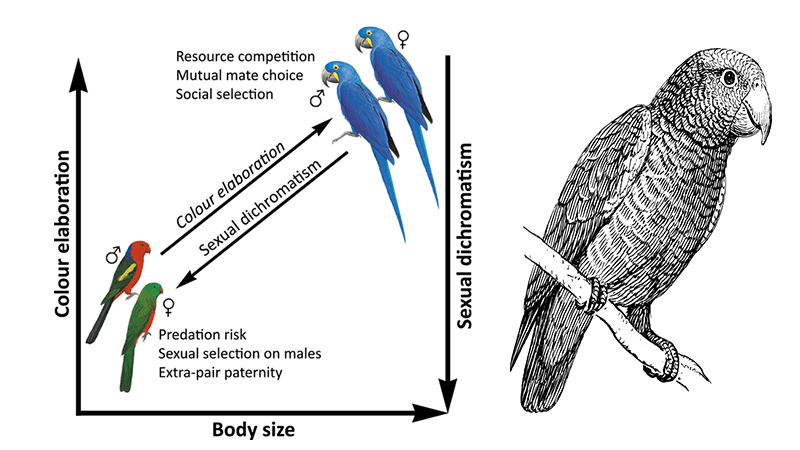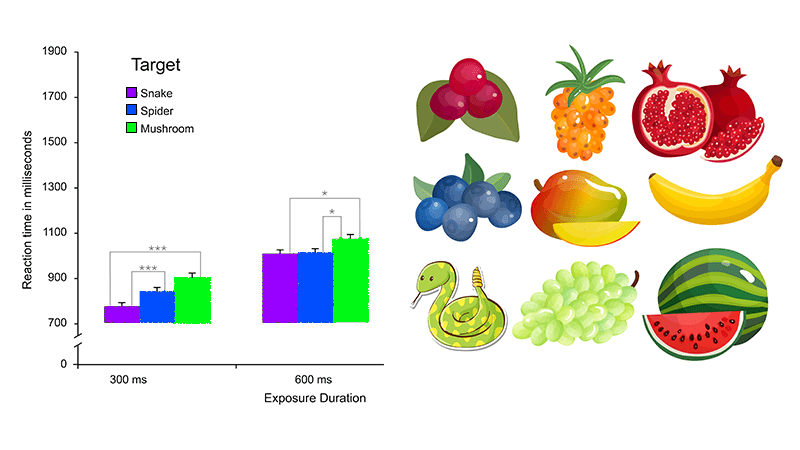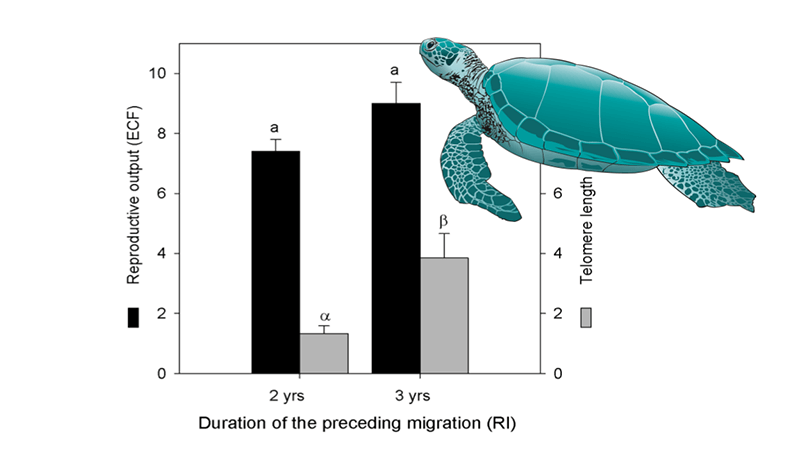Tag: CER
-

Data Analysis – Tool Use in Primates (CER)
Chimpanzees, capuchins, and long-tailed macaques use tools to crack the shells of nuts. They place the nut on a hard surface, like a flat rock, and strike it with a stone to crack the shell. These three primate species use different techniques. Chimpanzees and macaques crack the nuts while sitting, but the capuchin stands on…
-

A Clammy Problem – Invasive Mollusks in Michigan
Examine a graph showing the numbers of invasive clams collected in a lake in Michigan. Answer basic questions about data and write a CER.
-

Interpreting Diagrams – Taurine and Aging (CER)
Students analyze a graph showing the effects of the amino acid taurine on aging. The data is from a primary source. Identify claim, evidence and reasoning.
-

Effects of Roads on Squirrels and Space Use
A data analysis on squirrel behavior based on a journal article. Explores the behavior of two types of squirrels in response to roads.
-

Can Genetic Modification Protect Corn?
The European corn borer (ECB) is a major pest of corn in the United States. It is a small, black and white moth that lays its eggs on the leaves of corn plants. The larvae hatch and tunnel into the stalks, ears, and leaves of the plant, causing significant damage. Bt corn is a type…
-

Investigating Sea Turtles and Sex Determination
Create a model of a turtle nest to record temperatures at different depths. The temperature of the nest will determine whether turtles are male or female.
-

Variation and Sexual Dichromatism in Parrots
Explore sexual dimorphism be examining data on parrot coloration and environment details, like predators, competition, and mate choice.
-

Analyzing Data – Snake Detection Hypothesis (CER)
Explore the snake detection hypothesis by reading about a study and identify claim and evidence.
-

How do Mammals Maintain Their Temperature (CER)
Students examine graphs and images to develop an understanding of how mammals maintain their body temperatures compared to ectothermic animals.
-

Why Do Caterpillars Fling Their Frass? (CER)
Students examine data on caterpillars to determine an evolutionary reason for an observed behavior. Caterpillars will fling their feces far from the nest!
-

Brazilian Wasp Venom Kills Cancer Cells – CER
Students complete an CER on how Brazilian wasp venom can disrupt the cell membrane of cancer cells which can potentially be used to treat disease.
-

Can Sport Hunting Control Predator Populations?
Examine data that compares states that allow trophy hunting of pumas to California which does not allow hunting.
-

CER – How Effective Are Masks at Preventing Disease
Students examine data that show the effectiveness of mask wearing and the prevention of disease. The activity is a CER format (claim, evidence, reasoning.)
-

Analyzing a Turtle Graph from Primary Source
Examine data on turtle reproduction and migration. Annotate graphs and develop a claim; use reasoning to support that claim with data.


